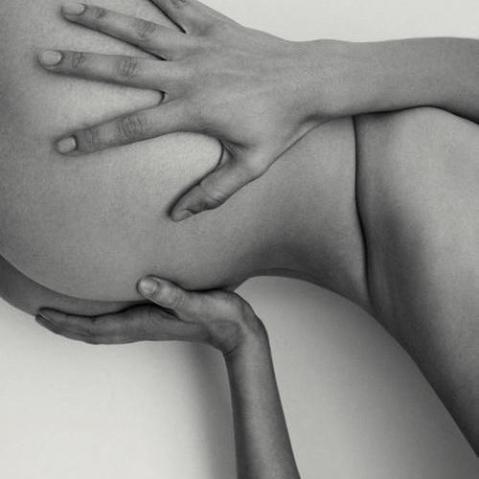What's the going rate for an assistant photographer?

Though it might sound intimidating, it’s crucial to ask the money questions right off the bat. After all, you’re doing business and you need to know exactly what you’ll be getting in return for your services.

Before you accept any job, ask:
- What’s the day rate?
- Is there OT (overtime after ten hours)?
- Is the job advertising or commercial?
- Are the travel days paid?
It’s not fun, but handling your business at the very beginning ensures that you’re not wasting brain space thinking about money on the day of, and that everyone’s on the same page, payment-wise.
You’ll learn fast that no matter how much money a company, publication, or photographer has, they might still try to squeeze on rates—they’re doing business, too, after all. But if you know your standard rates, you’re less likely to get taken advantage of.
For U.S. photo assistants, editorial (magazine) rates should be $250 for a ten-hour day. It’s common to hear $200 or even $150 from some publications—which was fine in the 80s—but if you think your time and services are valuable, fight for that $250.
For commercial and advertising work, $350 for a ten-hour day is acceptable, but first assistants that work regularly for the same photographer on commercial jobs can command day rates of $400 and upward.
Digital tech rates, for both editorial and commercial work, start at around $500 for a ten-hour day. While this might seem like a lot in comparison to the assistant rates, the responsibility of singlehandedly managing the digital assets of a photo shoot is worth that money.
For editorial and commercial work, time-and-a-half after ten hours is the norm. Make sure you keep track of how many overtime (‘OT’) hours you’ve done so you can bill accurately and ensure you don’t get short-changed.
For rate information on any other kinds of photo assisting (portrait, landscape, outdoors), or standard international photo assisting rates, contact your local photography organisation.
Don’t forget: Talking with fellow assistants about your rates is much more accepted than discussions of salary in most other professions, so don’t be shy (don’t brag either—be smart about it).
What They Didn’t Teach You in Photo School won’t tell you how to take photographs. It will, though, teach you a much more difficult set of skills: how to be a photographer. Passing on hard-earned lessons from a successful career in commercial, editorial and lifestyle photography, Demetrius Fordham shows how to snag the best internships and assistant roles, impress at an interview, develop an amazing portfolio, forge strong relationships with clients, and lay the foundations of your own successful career.
 What They Didn’t Teach You in Photo School
What They Didn’t Teach You in Photo School
Demetrius Fordham
Buy it now!
RRP for print edition: £14.99






